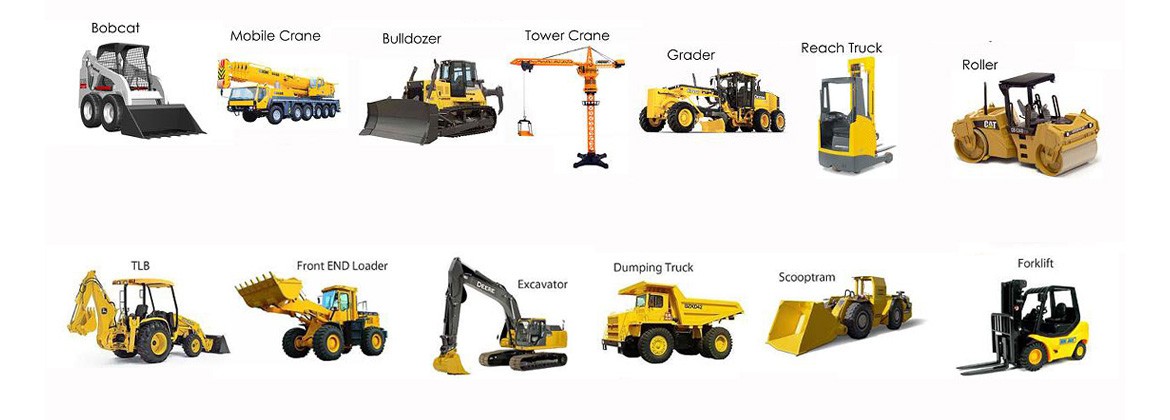Boom Lift Rental: Get To New Levels Safely
Boom Lift Rental: Get To New Levels Safely
Blog Article
Renting Out Vs. Buying Building And Construction Equipment: Making the Right Selection for Your Project
When beginning on a construction task, one of the essential decisions that predict supervisors and stakeholders encounter is whether to rent or purchase construction tools. The decision hinges on numerous variables such as price factors to consider, task period, devices upkeep, versatility, scalability, and danger monitoring.
Expense Factors To Consider
Renting devices frequently needs reduced initial repayments compared to acquiring, making it an attractive option for short-term tasks or contractors with budget plan restrictions. In the lengthy run, continuously renting out devices can accumulate greater costs than buying, particularly for extensive projects.
On the various other hand, acquiring building tools includes greater ahead of time prices yet can result in long-term financial savings, specifically for regular individuals or long-lasting tasks. Owning devices supplies adaptability, benefit, and the possibility for resale worth once the job is completed. Additionally, having equipment permits for modification and familiarity with certain equipment, possibly raising performance and performance on-site. Eventually, the decision between purchasing and leasing building tools depends upon the project's period, frequency of use, spending plan considerations, and long-term monetary goals.
Project Period

On the other hand, for lasting tasks or recurring building and construction job, acquiring equipment can be the much more cost-effective alternative. Getting devices can lead to cost financial savings in the future, particularly if the tools will be frequently made use of. Furthermore, having tools supplies a sense of control over its availability and enables for personalization to fit particular project demands.

Tools Maintenance
Offered the critical role project duration plays in figuring out the most affordable method in between leasing and buying building devices, the focus now moves in the direction of taking a look at the vital facet of equipment maintenance. Proper maintenance is essential for ensuring the optimum efficiency and longevity of building devices. Renting out equipment frequently features the benefit of having actually well-kept equipment supplied by the rental firm. This can minimize the concern of maintenance jobs from the task owner or service provider, conserving effort and time. On the various other hand, owning devices calls for a positive method to upkeep to prevent failures, make sure safety, and extend the equipment's lifespan. Normal examinations, servicing, and timely repair work are needed to keep owned devices in top working condition. Consider upkeep prices when deciding between renting and buying, as overlooking maintenance can result in pricey repairs, downtime, and job delays. Eventually, a properly maintained building devices fleet, whether rented or had, is important for the effective and efficient completion of building and construction projects.
Versatility and Scalability
In the realm of building devices management, the aspect of flexibility and scalability holds significant relevance for task performance and source use. Choosing to rent construction devices gives a high level of flexibility as it permits the quick change of equipment kinds and quantities based upon the advancing needs of a project. Renting out allows specialists to access a variety of customized tools that might be needed for certain jobs without the long-lasting dedication of ownership. This adaptability is specifically advantageous for projects with varying needs or unsure durations (aerial lift rental).
Moreover, scalability, one more important factor, is naturally connected to versatility. Renting out building and construction devices offers the advantage of conveniently scaling operations up or down as project needs change. Professionals can rapidly add or trade tools to match the job's transforming demands without the restrictions of having possessions that might become underutilized or outdated. This ability to scale sources efficiently can lead to cost savings and enhanced task timelines, making renting out a desirable option for jobs calling for adaptability and receptive source allocation.
Threat Management
Reliable danger administration in building and construction equipment operations is vital to making certain job success and mitigating prospective economic losses. Building and construction tasks naturally include different threats, such as tools breakdowns, mishaps, and project delays, which can substantially affect the job timeline and spending plan. By very carefully thinking about the dangers connected with owning or leasing building tools, task supervisors can make educated choices to decrease these prospective hazards.
Renting building and construction tools can provide a degree of threat mitigation by moving the duty of repair and maintenance to the rental company. This can decrease the economic problem on the project owner in situation of unanticipated equipment failings (scissor lift rental). Additionally, renting provides the adaptability to gain access to specific devices for certain task phases, minimizing the threat of having underutilized machinery
On the various other hand, owning building and construction devices provides a sense of control over its use and upkeep. Nevertheless, this likewise suggests bearing the complete duty for repair services, maintenance prices, and devaluation, boosting the monetary risks connected with equipment ownership. Cautious risk assessment and consideration of elements such as task period, devices usage, and maintenance requirements are critical in figuring out one of the most ideal alternative for reliable threat administration in building jobs.
Verdict
To conclude, when deciding in between acquiring and renting building tools, it is necessary to consider cost, project duration, tools upkeep, threat, scalability, and road roller machine adaptability monitoring. Each factor plays a vital function in figuring out the most appropriate option heavy duty hoist for the project at hand. By thoroughly reviewing these facets, job supervisors can make an educated choice that lines up with their budget, timeline, and overall project objectives.

Report this page